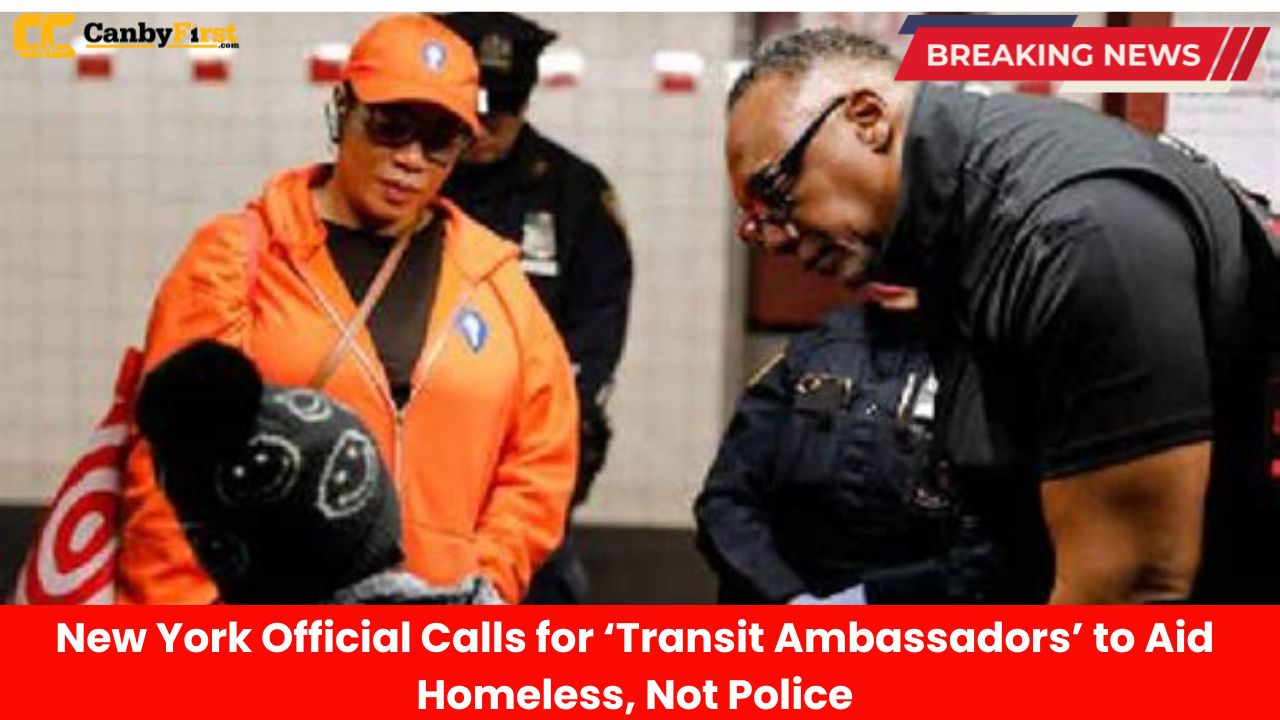New York, US:In a new move to transform the city’s approach to homelessness in subways, New York City Council Speaker Adrienne Adams and Councilmember Shahana Hanif, along with Councilmember Shekar Krishnan and others, are backing a proposal by Councilmember Carmen De La Rosa Mamdani to replace police intervention with trained “transit ambassadors” who will help unhoused individuals access social services rather than escort them out of stations.
The idea behind the “Transit Ambassador” initiative is to introduce a compassionate, non-police solution to an issue that has long sparked public debate. Instead of relying on NYPD officers to respond to the presence of homeless individuals in the subway system, these ambassadors would focus on connecting people with shelter options, mental health care, and long-term housing assistance.
A Shift Toward Support Over Enforcement
Councilmember Mamdani, representing Queens, said that the intent is to focus on care rather than punishment. He emphasized that police presence can make vulnerable residents feel criminalized for simply seeking warmth and safety underground. The goal, he said, is to humanize the city’s response to homelessness by prioritizing empathy and real help over removal and citations.
Also Read
Under the proposal, the “transit ambassadors” would be city-funded employees or workers contracted through local outreach organizations. They would receive training in de-escalation, crisis intervention, and public engagement, aiming to build trust with the homeless community.
According to Mamdani, the ambassadors would work hand-in-hand with social workers and local service providers to ensure individuals they meet have direct pathways to assistance, not jail or displacement. The goal is to make the subway system safer for everyone while restoring dignity to those who use it as shelter.
Public Reaction
The proposal has generated mixed reactions from New Yorkers. Many commuters welcome the idea, saying that compassion should come before criminalization. Some riders believe that trained teams could handle sensitive encounters more calmly than armed officers.
However, others have raised concerns about safety and enforcement. Transit unions and some riders question whether ambassadors would have the authority or resources to handle volatile situations that sometimes arise in the subways.
Critics argue that without police backup or enforcement powers, ambassadors may struggle to manage emergencies or individuals who pose a threat to themselves or others. Some advocates suggest the plan should strike a balance: pairing ambassadors with mental health specialists and having limited police support on standby for serious incidents.
NYPD and MTA Response
The Metropolitan Transportation Authority (MTA) has acknowledged the ongoing challenges of homelessness in transit stations, noting that officers often end up as default responders. An MTA spokesperson stated that while police are essential to maintaining public safety, the agency supports new outreach solutions aimed at addressing root causes rather than symptoms.
NYPD officials have not directly opposed the proposal but stress that safety remains a shared concern. They note that the department has already implemented efforts to reduce unnecessary arrests and collaborate with outreach programs.
Homeless Advocates Applaud the Effort
Homelessness advocacy groups have praised Mamdani’s approach as a step toward empathy-driven public policy. Leaders from groups such as Coalition for the Homeless have long argued that visible police crackdowns do little to solve the issue.
Advocates believe that funding social service teams inside transit systems could foster humane interactions. A worker from a local shelter organization said that many homeless New Yorkers avoid outreach because they fear police involvement. Ambassadors without uniforms or weapons could bridge that trust gap and make more people open to accepting help.
Broader Context of the Initiative
The “Transit Ambassador” proposal comes amid a broader conversation about policing and homelessness across the United States. Cities like Los Angeles, San Francisco, and Seattle have begun experimenting with similar outreach-focused models, combining social work with public safety.
New York’s effort, if implemented, could set a precedent for the entire metropolitan area. With an estimated 4,000 people living in the city’s transit system on any given night, the plan represents a major attempt to rethink how the city balances compassion and safety in shared spaces.
Councilmember Mamdani’s office has introduced the proposal ahead of budget deliberations, calling on Mayor Eric Adams and city agencies to earmark dedicated funding for the pilot. The council member argues that investing in trained ambassadors now could save millions in enforcement costs and emergency shelter expenses over time.
Next Steps for the Proposal
The City Council will deliberate the plan in the coming weeks, where it could face both political and logistical challenges. Transit officials will review whether the ambassador program can operate effectively during overnight hours and coordinate with existing outreach teams already in place.
If approved, the initial phase could launch in major stations like Times Square, Grand Central, and Jamaica Center by next summer. It would then expand citywide depending on outcomes.
A Vision for a Kinder Transit System
Supporters of the plan hope it will mark a turning point in how cities view homelessness—not as a law enforcement issue, but as a humanitarian crisis requiring care-based solutions.
Councilmember Mamdani stated that the subways belong to every New Yorker and that compassion, not punishment, should define how the city treats its most vulnerable. With the debate continuing, the question for New York City remains: can empathy and safety truly coexist underground?
Conclusion:
The “Transit Ambassador” plan reflects a growing push to replace enforcement-based models with community-centered care in public spaces. Whether it becomes a model for lasting change or faces logistical hurdles, it highlights a critical shift in how cities seek to balance security and humanity for those who call the subway their shelter.












